Archives
- 2025-12
- 2025-11
- 2025-10
- 2023-07
- 2023-06
- 2023-05
- 2023-04
- 2023-03
- 2023-02
- 2023-01
- 2022-12
- 2022-11
- 2022-10
- 2022-09
- 2022-08
- 2022-07
- 2022-06
- 2022-05
- 2022-04
- 2022-03
- 2022-02
- 2022-01
- 2021-12
- 2021-11
- 2021-10
- 2021-09
- 2021-08
- 2021-07
- 2021-06
- 2021-05
- 2021-04
- 2021-03
- 2021-02
- 2021-01
- 2020-12
- 2020-11
- 2020-10
- 2020-09
- 2020-08
- 2020-07
- 2020-06
- 2020-05
- 2020-04
- 2020-03
- 2020-02
- 2020-01
- 2019-12
- 2019-11
- 2019-10
- 2019-09
- 2019-08
- 2019-07
- 2019-06
- 2019-05
- 2019-04
- 2018-07
-
Thus we presumed that ALDH A
2022-10-26
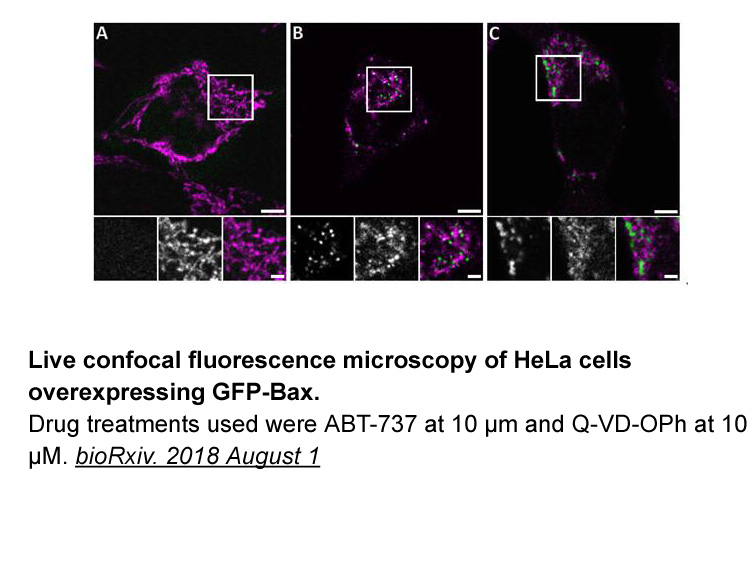
Thus, we presumed that ALDH1A3 might play an important role in TMZ-chemoresistance in glioblastoma patients. As we expected, the glioblastoma cell lines and primary glioma Huwentoxin XVI were more sensitive to TMZ treatment when ALDH1A3 was inhibited or depleted. Consistently, it has been shown th
-
This study revealed that EAAT
2022-10-26
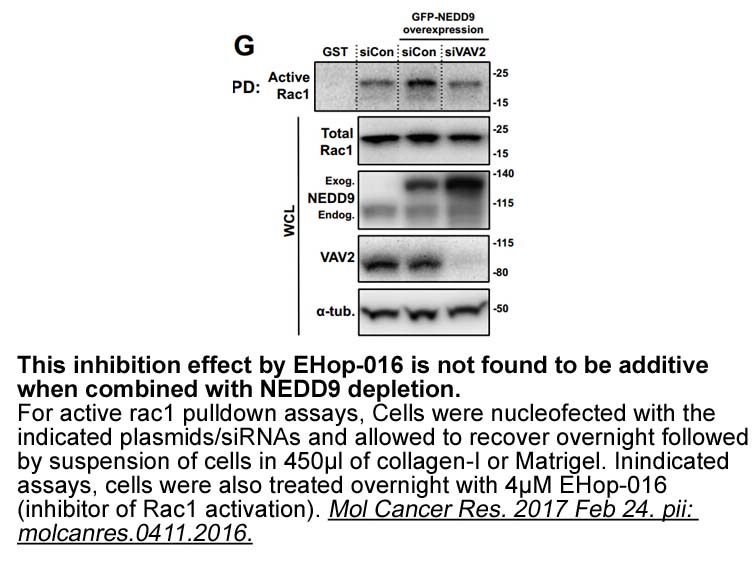
This study revealed that EAAT2 flumethasone synthesis was increased 4–8 weeks after cauterization as our previous work (Park et al., 2009). RGC death could not be blocked despite activation of EAAT2, which is one of glutamate transporters in cone photoreceptors and some bipolar cells, in chronic oc
-
With one exception all receptors for
2022-10-26
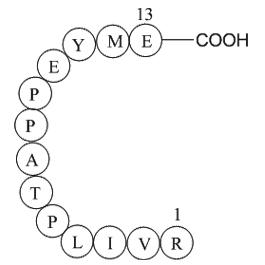
With one exception, all receptors for dopamine (DA), serotonin (5-hydroxytryptamine, 5-HT), and norepinephrine are metabotropic receptors. The five metabotropic DA receptors (D1–D5) in the CNS are involved in motivation, pleasure, cognition, learning, memory, fine motor control, and modulate neuroen
-
Mitochondria from frozen thawed bull
2022-10-26

Mitochondria from frozen-thawed bull sperm are capable of producing energy using pyruvate and lactate as substrates through oxidative pathways (Beorlegui et al., 1997). Based on the present study, heparin capacitated sperm had a lesser lactate concentration in the incubation medium, supporting the h
-
Protein A/G australia Adenosine is a ubiquitous homeostatic
2022-10-26
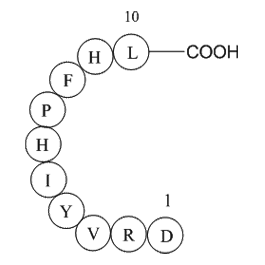
Adenosine is a ubiquitous homeostatic purine nucleoside that accumulates extracellularly in response to metabolic stresses such as hypoxia and inflammation. Activation of either G protein-coupled adenosine receptors (ARs; A1R, A2AR, A2BR, and A3R) by extracellular adenosine can modulate cell signali
-
br Experimental section br Results and discussion br Conclus
2022-10-26

Experimental section Results and discussion Conclusion Acknowledgements This work was financially supported by Recruitment Program of Global Experts, and the Director Foundation of XTIPC, CAS, Grant No. 2015RC011. This work was also financially supported by Natural Science Foundation of
-
Finasteride has been shown to be a mechanism based inhibitor
2022-10-26
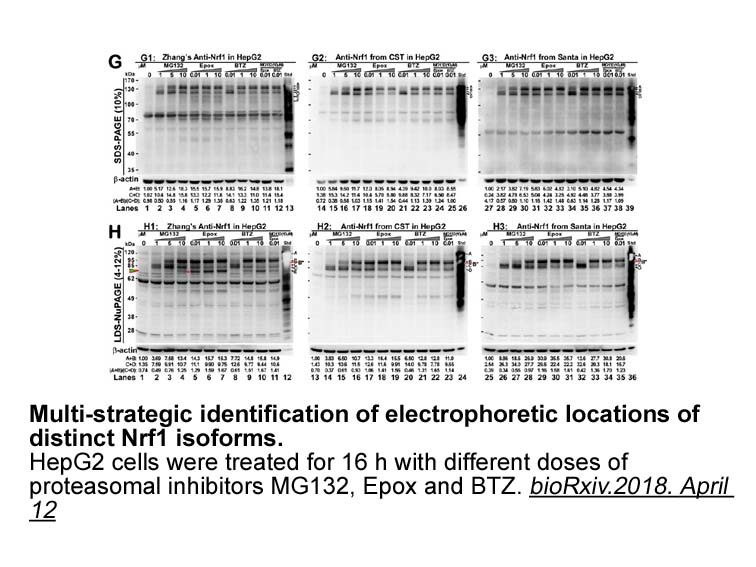
Finasteride has been shown to be a mechanism-based inhibitor of 5AR-2 [9]. Finasteride acts as an alternate substrate for 5AR-2 and is initially bound in an extremely stable enzyme-bound NADP-dihydrofinasteride adduct which is ultimately processed to dihydrofinasteride. The NADP-dihydrofinasteride a
-
Matsuzaki et al attempted fertility therapy in a year
2022-10-26
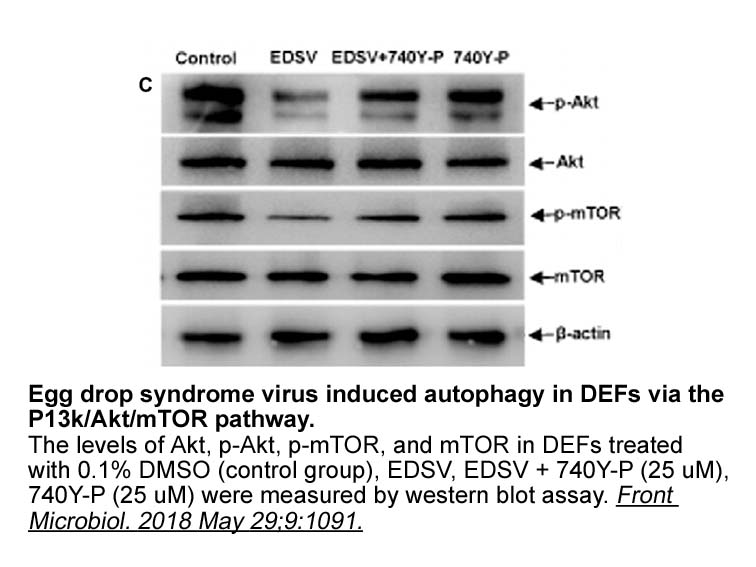
Matsuzaki et al. attempted fertility therapy in a 26-year-old female with secondary amenorrhea and 17OHD who was a peptide receptors heterozygote for delF53/54 and the missense mutation H373L, which has cycle supports this theory. Oocyte dysfunction with decreased granulosa cell activity might als
-
Matrix metalloprotease inhibitors are increasingly
2022-10-26
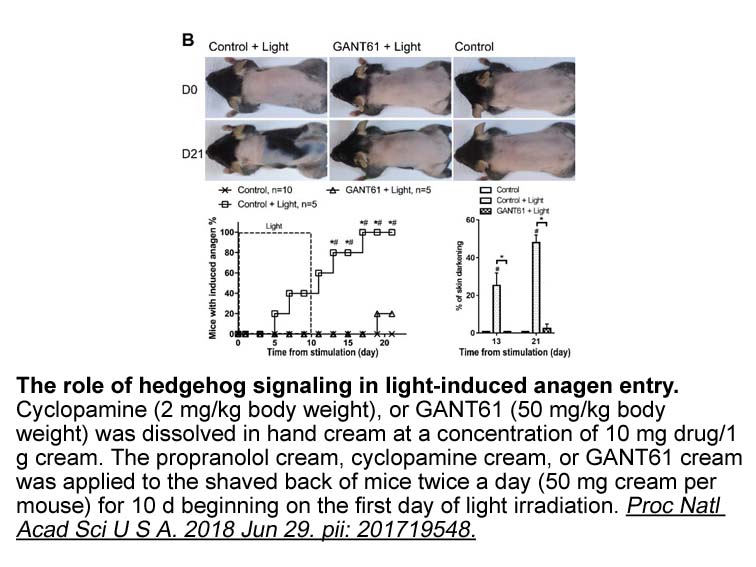
Matrix metalloprotease inhibitors are increasingly available and tested for other indications in clinical trials. The present study suggests that either ADAM10 or TACE inhibition alone will not maximally restore leukocyte Axl function. We found that lower doses of ADAM10/TACE inhibitors exhibit simi
-
br Autophagy in hemorrhagic stroke
2022-10-26
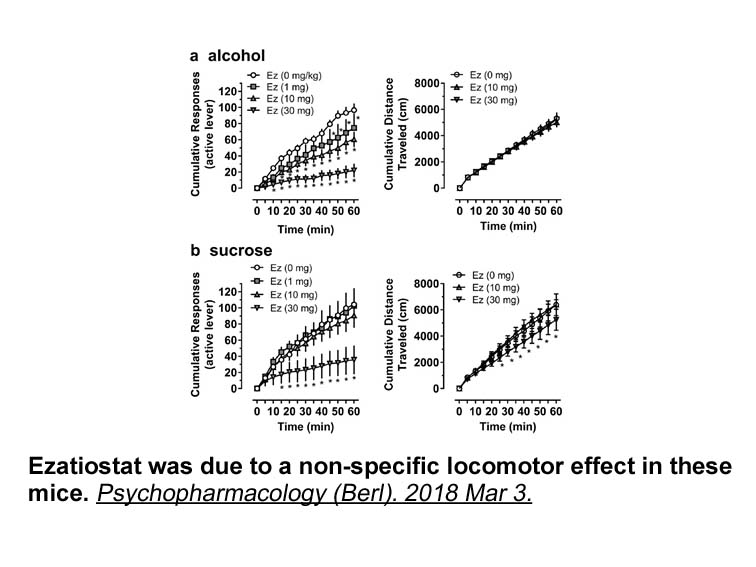
Autophagy in hemorrhagic stroke About 87% of all strokes cases are ischemic, the rest being hemorrhagic. ICH and SAH are the two major categories of hemorrhagic strokes (Bruder et al., 2014). Both types of stroke are associated with a high mortality and morbidity rate. The corresponding animal mo
-
glucose transporter Along with the improvement of the cadmiu
2022-10-26
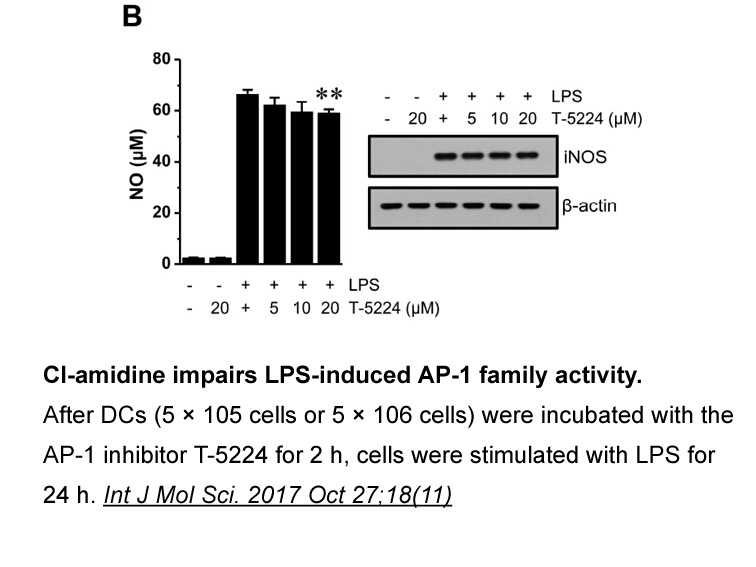
Along with the improvement of the cadmium transport from roots to aerial tissues, as is required for phytoremediation, over-expression of PtoHMA5 also led to the excessive accumulation of cadmium in leaves that was harmful to plant growth and physiological performance. Thus, detoxification of the he
-
omacetaxine Among all the polysaccharide derivatives cationi
2022-10-26
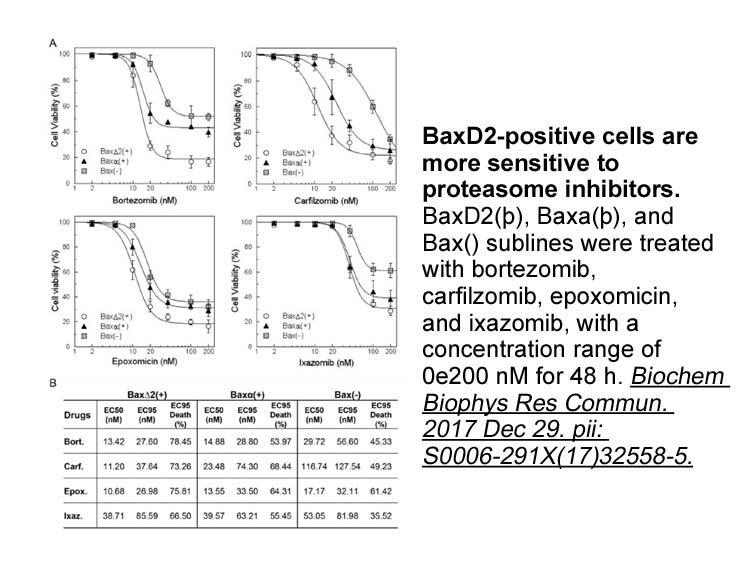
Among all the polysaccharide derivatives, cationic carbohydrate polymers such as quaternary ammonium salts and quaternary phosphonium salts have been the most popular and most efficient target omacetaxine in medical applications [24] and water treatment [25]. Recently, quaternary phosphonium salts
-
br Concluding Remarks Despite major advances in the developm
2022-10-26
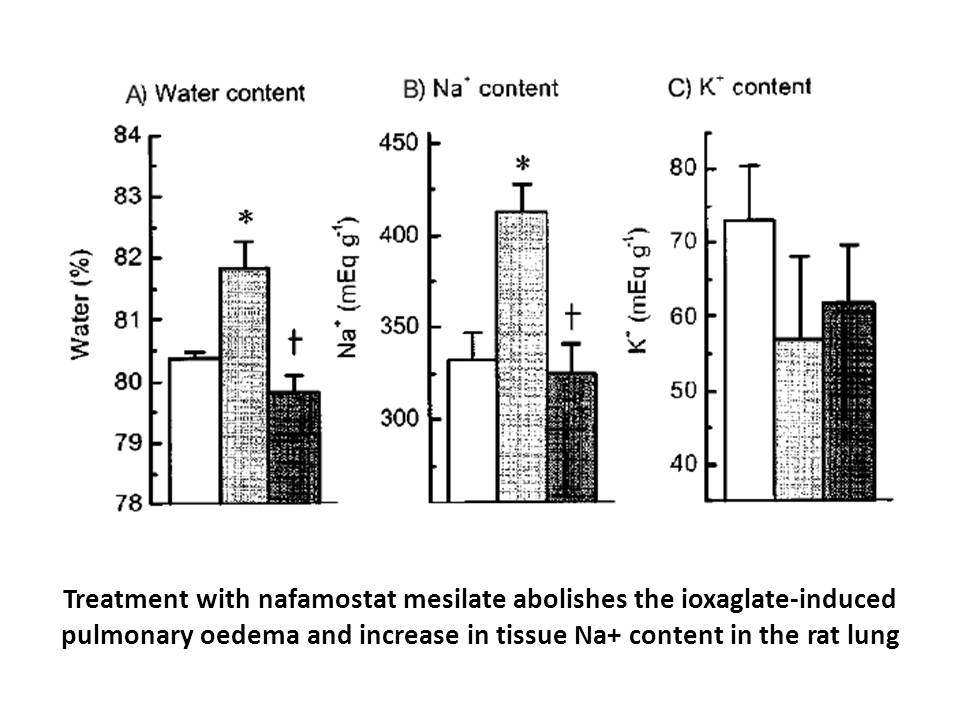
Concluding Remarks Despite major advances in the development of antibody and small-molecule tumor angiogenesis inhibitors, therapy resistance, both innate and acquired, continues to limit further survival improvements for patients with cancer. Preclinical models of localized primary tumors and me
-
Here we found that AMPK directly phosphorylates EZH at
2022-10-26
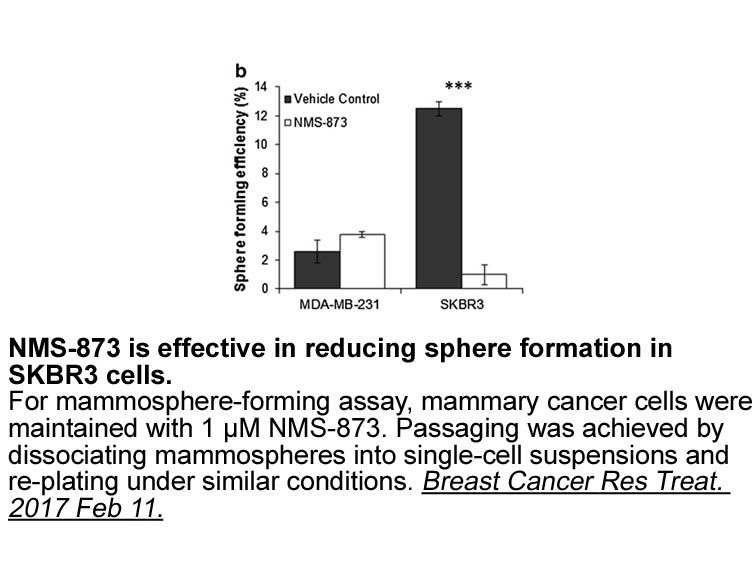
Here we found that AMPK directly phosphorylates EZH2 at Thr311 to disrupt its interaction with SUZ12 and to inhibit PRC2 enzymatic activity, which is supported by the increased expression of PRC2-repressed genes. Furthermore, the T311E-EZH2 mutant that mimics AMPK-mediated phosphorylation status sup
-
Recently a Phase III study demonstrated that alectinib the s
2022-10-25
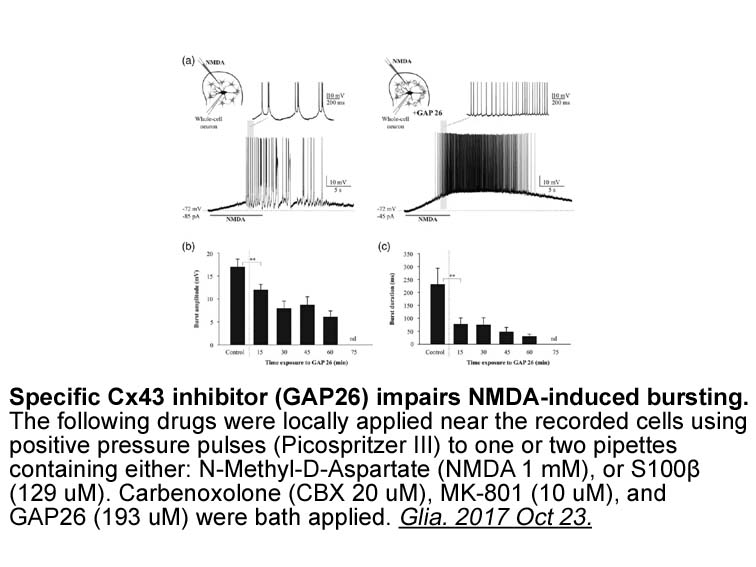
Recently, a Phase III study demonstrated that alectinib, the second-generation ALK inhibitor, might have a better response to ALK-rearrangement patients than crizotinib [10]. Should alectinib replace crizotinib as the frontline treatment for ALK-rearranged patients? Or should those patients be treat
11145 records 62/743 page Previous Next First page 上5页 6162636465 下5页 Last page